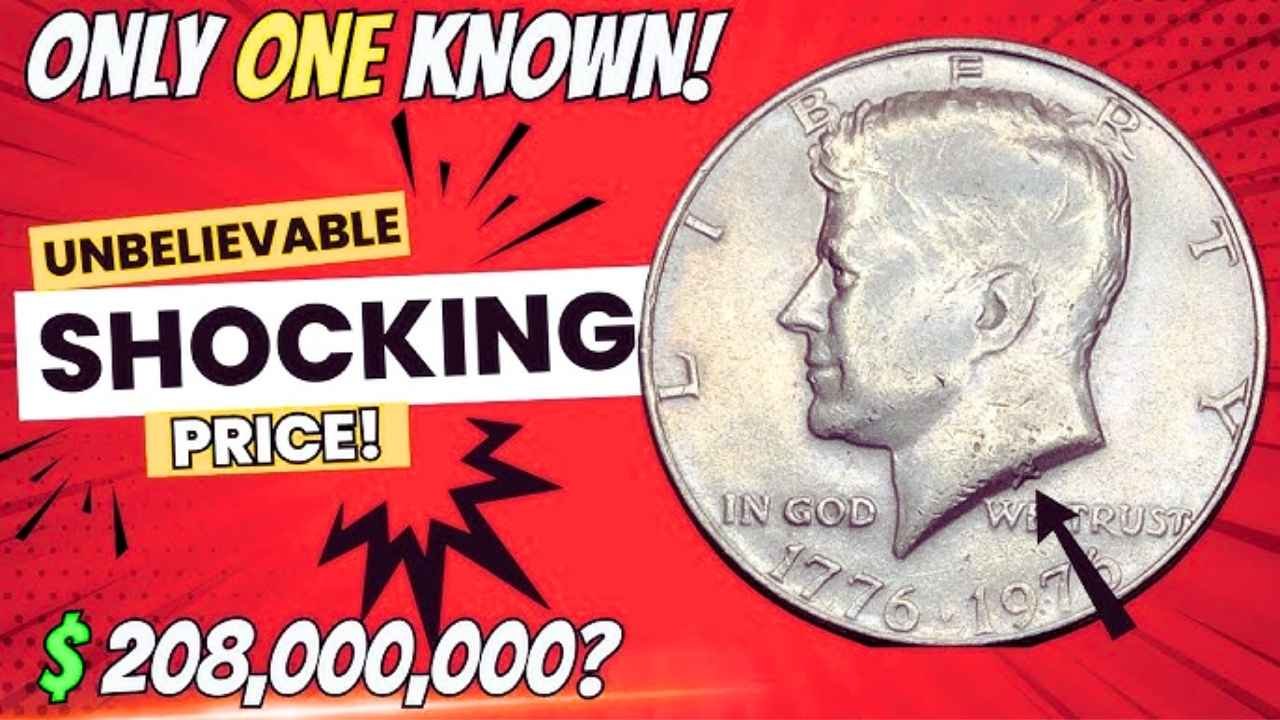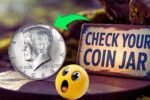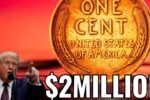A single Kennedy half dollar, worth just 50 cents in everyday use, can sometimes outshine the value of a 1-ounce gold bar, which is priced around $2,500 today. These coins, first minted in 1964 to honor President John F. Kennedy, have become a collector’s dream due to their rarity, condition, or unique errors. Some have sold for jaw-dropping amounts at auctions, making them more valuable than gold. Let’s explore how one of these half dollars can become a treasure and how you might spot one.
Silver Roots Boost Value
Kennedy half dollars from 1964 are made of 90% silver, giving them a base value tied to precious metal prices. But it’s the rare ones that steal the show. The 1964-D half dollar, minted in Denver, can fetch big bucks in top condition. For example, one graded MS68 sold for $22,325 in 2016 because it was one of the finest known. Only a handful of these coins exist in such pristine shape. Their silver content and low mintage make them a favorite among collectors, especially when they’re almost perfect.
Errors That Create Millionaires
Minting mistakes can turn an ordinary Kennedy half dollar into a goldmine. The 1970-D half dollar, with a mintage of just 2.15 million, is a standout. One in MS67 condition sold for $15,000 because of its rarity and quality. Another gem is the 1964 Accented Hair variety, where extra lines in Kennedy’s hair make it unique. These can go for $20,000 or more in high grades. Errors like doubled dies, where text or images appear doubled, can push values even higher. Check your coins closely for these quirks.
Condition Makes All the Difference
The condition of a Kennedy half dollar is key to its value. Coins graded MS67 or higher by services like PCGS or NGC are super rare because most circulated coins get worn down. A 1968-D half dollar in MS68 sold for $12,000 in 2020, far surpassing the value of a gold bar. Collectors pay top dollar for coins that look untouched, with no scratches or wear. If you have a Kennedy half dollar that looks brand new, it’s worth getting it checked by a professional grader.
Where to Find These Coins
Kennedy half dollars are still out there, sometimes popping up in change, old collections, or bank rolls. They’re not used much in daily transactions, so finding one feels like a small victory. The 1964 editions are the most likely to be valuable due to their silver content, but later years like 1970 or error coins from other years can also be winners. Check coin shops, estate sales, or even your family’s old piggy banks. You might stumble across a half dollar that’s worth thousands.
How to Spot a Valuable Coin
To find a Kennedy half dollar worth more than gold, look at a few details. Check the year and mint mark, usually found on the back near the eagle’s tail. Coins from 1964 or 1970 with a “D” or no mint mark are good starting points. Use a magnifying glass to look for errors like doubled text or extra hairlines. Make sure the coin is in great shape, with no visible wear. If you think you’ve got a rare one, send it to a grading service to confirm its value.
| Coin | Year | Mint Mark | Top Value |
|---|---|---|---|
| Kennedy Half Dollar | 1964 | D | $22,325 |
| Kennedy Half Dollar | 1970 | D | $15,000 |
| Kennedy Half Dollar | 1964 | None (Accented Hair) | $20,000 |
Start Your Coin Hunt Today
A Kennedy half dollar might look like spare change, but it could be worth more than a 1-ounce gold bar. Keep an eye out for 1964 or 1970 coins, check for errors, and make sure they’re in top condition. A quick look through your change or an old coin jar could uncover a treasure. If you find a promising one, get it graded and sell it through a trusted dealer or auction to cash in on its value.




